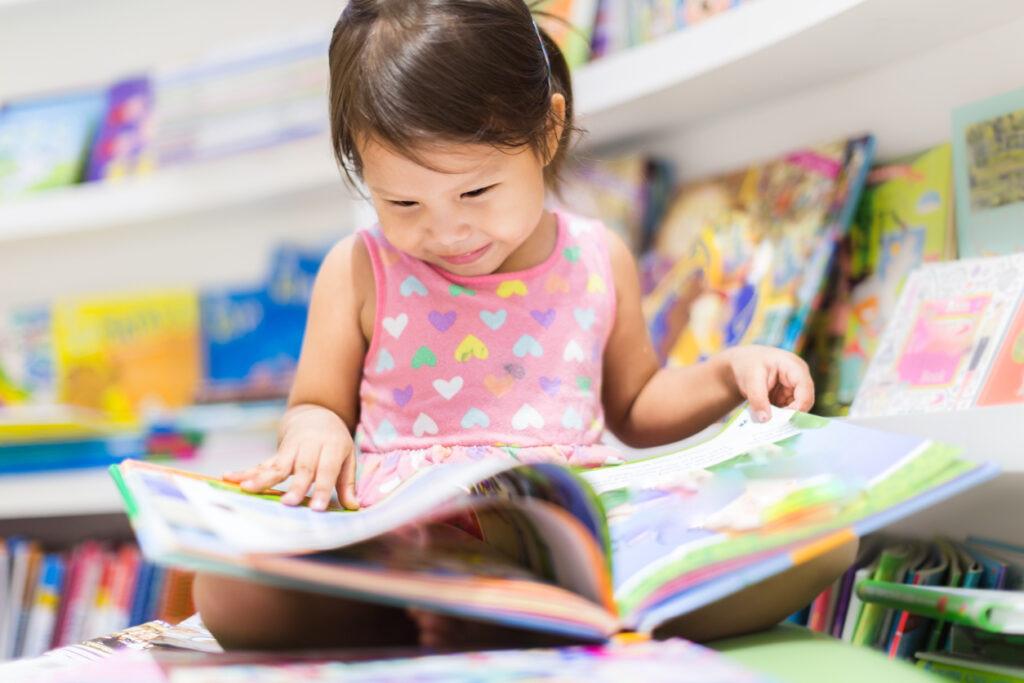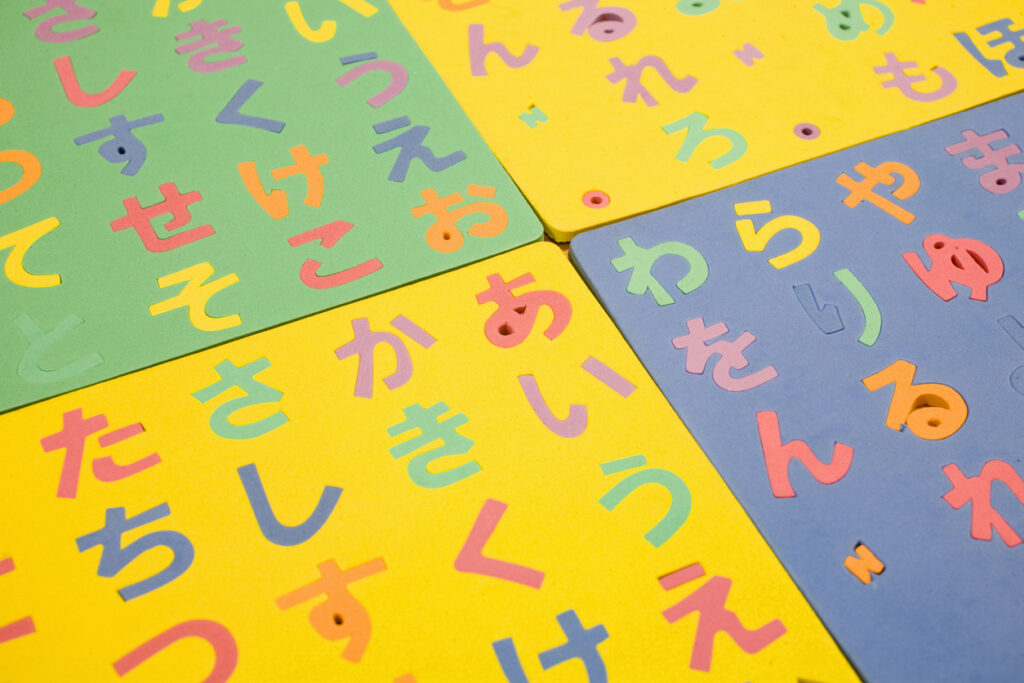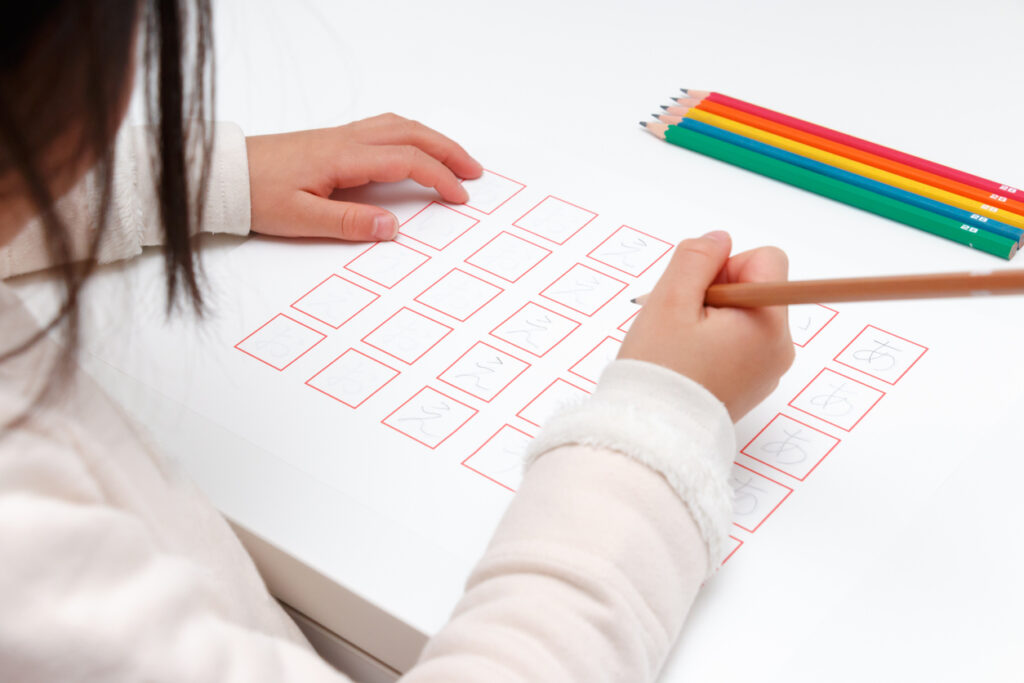Fun Ways to Introduce Your Little One to Hiragana
Start Off With Early Exposure
Wanting a head start on your toddler or preschooler’s Japanese skills? Start strong by giving them a solid base in hiragana. The strategies below will help make learning fun and fresh by switching between products and mediums to keep your tot entertained.
Teaching your little one the basics of language is a weighty task, even in your mother tongue. And, when you are hoping to give them proficiency in a language other than your own, it can feel especially intimidating. Research is clear that young children learn best through play and direct interaction with parents (see our articles on Bringing Up Bilingual Babies and Raising Bilingual Children for more). So, to give them the leg up in Japanese, it helps if you can participate a lot in their learning process.
Read, read and read some more
 © Photo by iStock: globalmoments
© Photo by iStock: globalmomentsWhen they are quite young, so much language skill-building is about exposure. Perhaps the most natural form of exposure is through reading. So snuggle up on the couch or on your favorite chair and open up the Japanese picture books. If you want to relive your own childhood memories, many English classics, such as Eric Carle’s books (The Very Hungry Caterpillar and Brown Bear Brown Bear) and Goodnight Moon, have been translated into Japanese. Or, check out some of the wonderful Japanese children’s books in your local library or bookstore.
When my eldest daughter was two, I started more directed play with hiragana. One of my first buys, and a longtime favorite which is still in use via little sister, was a hiragana sound book. There are various versions of these books (check out the product guide below for recommendations!) and many of them come with popular characters, like Anpanman or Mickey Mouse. But the premise is always the same: press the button to hear the hiragana sound and a word that begins with that character. Many also have songs and games, like find the word or find the hiragana. Sound books really kept my daughter’s attention at two years old, especially when we would play with them together.
Bath fun, coloring and puzzles
 © Photo by iStock: gyro
© Photo by iStock: gyroAround the same age, playing in the bath is great fun for lots of kids. Depending on your little one’s interests, there are lots of hiragana bath time resources. Hiragana bath charts and foam puzzles were helpful for us. To make it more exciting, we switched up her bath charts so that some days it would be English, some days maps, some days hiragana and so on, so that she wouldn’t get bored.
My little ones are really into coloring and between two to three years old, I introduced hiragana coloring books. Many beloved character brands, like Disney and Sanrio, have hiragana versions of coloring books. At this age, rather than using these types of books to drill, it was more about familiarizing my daughter with what hiragana looked like. I didn’t push for her to trace the letters nicely for example. Instead, we aimed to help her link words and names with hiragana, like neko (cat) starts with “ね (ne)” and then we would color the picture of the cat together.
Between three and four was my eldest’s first puzzle craze (of several). Since we were making many puzzles a day, adding a hiragana to the mix was easy. At first, I would tell her the hiragana sound when passing her the puzzle piece and soon she was repeating this by herself. This is one where I think parental interaction/praise is necessary to have an effect, otherwise, a hiragana puzzle may not be the most stimulating for a preschooler.
Song, dance, and drill books
 © Photo by iStock: nikoniko_happy
© Photo by iStock: nikoniko_happyAt three, perhaps the most preferred approach I tried was involving media (of course!). Out of all the learning hiragana shows that I explored, my daughter’s absolute favorite was Hello Kitty’s Magical A-I-U-E-O. With songs, dances and entertaining hiragana characters, this was on repeat in our household for many months (and I still know it by heart as a result!). This is hardly the only character to teach hiragana (there is definitely an Anpanman version), but it was the most effective and long-lasting for us.
Finally, I would be remiss to not include the favorite of Japanese schools everywhere: drill books. We introduced these at two and have done them gently but consistently ever since then. Hiragana drill books vary in quality and in entertainment value. I can’t really recommend a straight tracing book in an article claiming to make learning fun, but I promise there are kid-friendly “drill” books too. When I am choosing a new drill book, I first look for characters that my kids love, and then I check if the book covers a variety of skills (reading/writing/identification) and includes a diverse set of exercises (mazes, tracing, word search, stickers). I also find that it’s easier for preschoolers to concentrate on a mixed-skills book like the one that combines hiragana, math and vocabulary to keep things fresh.
Using all of these strategies gleaned from the internet, friends and way too much time in the youji doriru (young children drill) sections of bookstores in Japan, aided me in my goal of helping my little one learn hiragana while not hating every second of it. If you can play and have fun while building a solid language base, I think it’s a win across the board.
Some useful products
- Hiragana bath chart
- Hiragana puzzle
- Hiragana sound book
- Hiragana coloring book
- Hiragana drill book -Disney
- Hiragana drill book -Doraemon
- Hiragana drill book -Shimajirou
- DVD or Prime Video -Hello Kitty
- Prime Video -Anpanman
Hoping some of these ideas and the products above work for your tiny learners as well! Have any more tips? Comment them in the section below.
















Leave a Reply